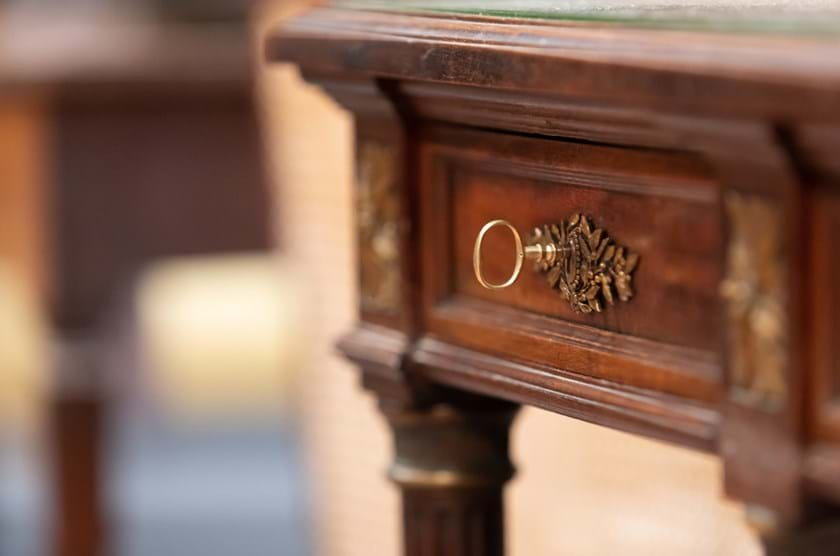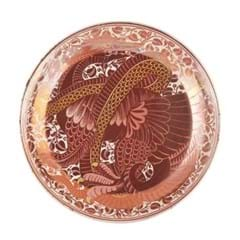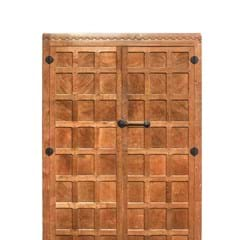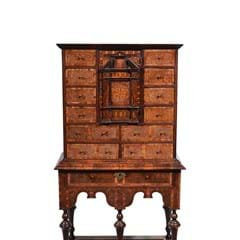Taking care of antique furniture
Hard antique furniture builds up a natural patina over time, which gives character and dimension to its age. When caring for your items, it’s all about striking a balance between preserving the original surface and keeping it in good nick.Cheff 124
How to care for antique furniture
To a certain extent, you can follow your common sense.
Basic care includes:
- Dusting with a soft dry cloth.
- Vacuuming upholstered furniture. If needed, supplement this cleaning regime with sticky tape to remove stubborn pet hairs.
- Use care – or better still, professional help – when moving furniture.
- If something has gone seriously wrong with a piece of furniture (warping, cracking, woodworm, etc), consult a specialist.
Beyond these basic rules, hard antique furniture does take some special care. Waxing wood regularly (around twice a year) with a good quality natural beeswax protects the original finish while bringing out the natural colour. This can be done after a basic clean (see below).
If you have an item that is dirty rather than just aged, it’s OK to try a more powerful cleaner, but it is best to seek these out from a seller that specialises in the care of antique furniture.
Here’s how to ensure your antique furniture is taken care of for many more years to come
To preserve your furniture, the first rule of thumb is to treat it with care and respect. It has lasted this long so with the right treatment it can go on longer still.
Keep in mind that the more you use it or move it, the more likely it is to get damaged. “Check in” with your furniture regularly. Look for signs of cracking, warping, bumps and insect infestations. If any signs appear, don’t panic – there are plenty of businesses out there that can lend a hand. They key is catching any problems early.
Finally, preservation doesn’t mean taking a totally hands off approach. Do clean and wax it at intervals, and, as long as you are taking the proper care, it is great to use these pieces as functional items.
What not to do to antique furniture
Avoid common pitfalls when it comes to antique furniture. Again, follow your common sense. Here are a few more pointers.
- Don’t submit your furniture to a deep, chemical clean or strip back the original finish, and don’t just wash with soap and water. Anything other than routine maintenance should be done with the help of an expert.
- Don’t keep furniture in a place that undergoes extreme changes in temperature and humidity – or is extremely humid, dry, hot or cold all the time. Do not place fine items next to a radiator or fireplace.
- Don’t treat your furniture carelessly. Open drawers with both hands, avoid slamming doors, think twice before placing a drink on the surface.
- Don’t put fine furniture in the direct sunlight. This applies to upholstered furniture as well as hard furniture. Sun will bleach wood and fabric.
- Don’t treat brass elements with metal cleaners. It could damage the surrounding wood. Instead, wax lightly with fine wire wool
- Don’t vigorously handle gold finish on ormolu elements. Clean carefully with delicate tools and cleaners.
What is the best cleaner for vintage wood furniture?
When cleaning antique or vintage furniture you will need gloves and a few soft cotton cloths. For general cleaning use oil soap mixed in a bowl with some water and apply with the rag. For bigger cleaning jobs, white spirit can be used on some vintage furniture (don’t use much and test your solution on a less-visible piece of the furniture first).
Antiques experts recommend various types of wax that can be found on specialist sites. These include good quality natural beeswax, liquid wax and finishing wax.
Does antique furniture lose its value if it's been cleaned?
Antique furniture can lose its value if it’s been cleaned incorrectly.
Regular maintenance is fine with the right tools and materials – but more than that can be risky.
Vigorous cleaning with regular soap or any supplies that need to be heavily diluted will likely result in damage.
Also, even if you love the silky look of refinished furniture, is best not to strip back the original finish of your furniture. This essentially peels away the layers of history that give pieces part of their value. If the above reasons don’t convince you, choice examples of how refinishing furniture can damage both the appeal and value of an item (sometimes to the tune of thousands of pounds) can be found on BBC’s Antiques Roadshow.



